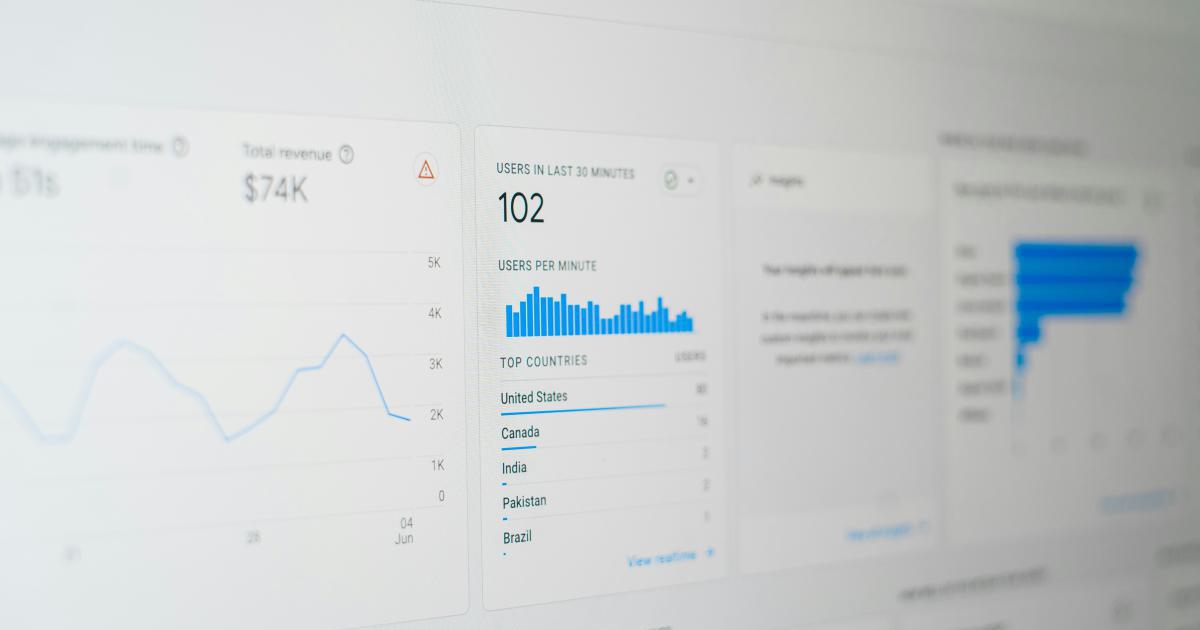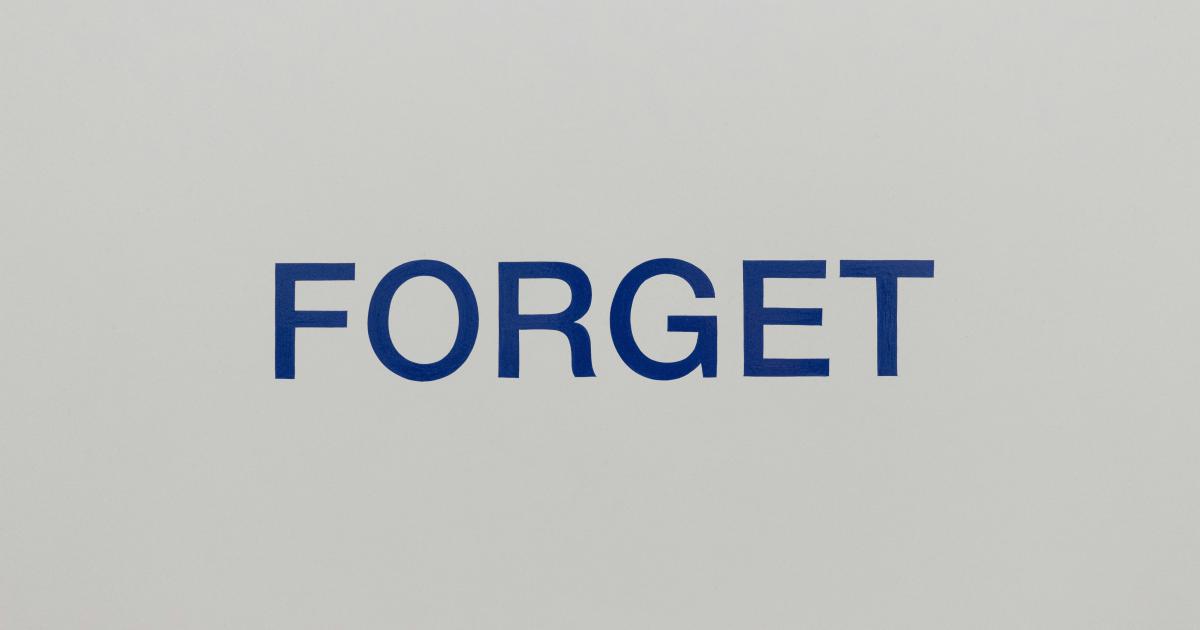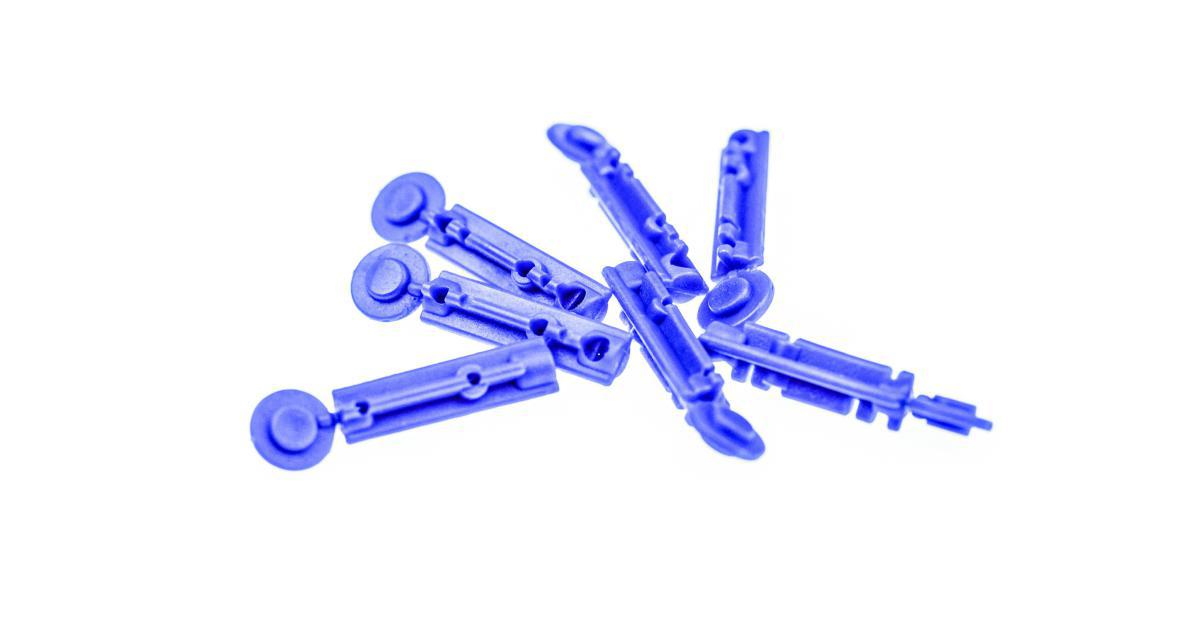How to Effortlessly Master Internal Linking Techniques


The Importance of Internal Linking
Internal linking is a critical component of any successful website or online presence. It helps users navigate your content, enhances the structure and hierarchy of your information, and signals to search engines the relationships between your pages. By strategically connecting your web pages through internal links, you can improve the overall user experience, boost your search engine optimization (SEO), and ultimately drive more traffic and conversions.
However, many website owners and content creators often overlook the power of internal linking or struggle to implement it effectively. In this comprehensive guide, we'll explore the art of mastering internal linking techniques, providing you with practical strategies and expert insights to elevate your online presence.
Understanding the Benefits of Internal Linking
Internal linking offers a multitude of benefits that can significantly impact the success of your website or online platform. Let's delve into the key advantages of this crucial practice:
Improved User Experience: By providing seamless navigation and relevant context through internal links, you can enhance the overall user experience on your website. Users can easily discover related content, dive deeper into topics, and find the information they're seeking more efficiently.

Enhanced Search Engine Optimization: Search engines, such as Google, place a high value on the structure and organization of your website. By strategically linking your pages, you're signaling to search engines the importance and relevance of your content, which can positively impact your search engine rankings.

Increased Engagement and Conversions: When users can seamlessly move from one piece of content to another, they're more likely to spend more time on your website, engage with your content, and ultimately take desired actions, such as making a purchase or signing up for a newsletter.

Improved Content Discoverability: Internal linking helps your users and search engines discover the full breadth of your content, ensuring that valuable pages don't get buried or overlooked. This increases the chances of your content being found and engaged with.

Reduced Bounce Rates: By providing relevant internal links, you can encourage users to explore more of your website, reducing the likelihood of them leaving (or "bouncing") after viewing a single page.

Strengthened Website Authority: As search engines recognize the strong relationships and connections between your web pages, your website's overall authority and trustworthiness can be enhanced, leading to better search engine rankings and increased brand credibility.

By understanding these benefits, you can start to see the immense value that internal linking can bring to your online presence. Now, let's dive into the specific techniques and strategies to master this powerful tool.
Mastering Internal Linking Techniques
Crafting an effective internal linking strategy requires a well-rounded approach that considers both the user experience and search engine optimization. Here are the key techniques and best practices to help you effortlessly master internal linking:
Identify Relevant Linking Opportunities
The first step in creating a robust internal linking strategy is to identify relevant linking opportunities within your content. This involves thoroughly analyzing your website's structure, content hierarchy, and the relationships between your pages.

Start by:
- Reviewing your website's sitemap or navigation to understand the overall structure and hierarchy of your content.
- Analyzing the topics, themes, and subtopics covered across your website.
- Mapping out the connections and natural transitions between your pages.
- Identifying opportunities to link related content, such as complementary blog posts, product pages, or educational resources.
By taking the time to thoroughly understand your content, you'll be able to pinpoint the most relevant and valuable internal linking opportunities.
Implement Strategic Anchor Text
The anchor text, or the clickable text that serves as the link, plays a crucial role in internal linking. Crafting strategic anchor text can significantly improve the user experience and search engine optimization.

When selecting anchor text, consider the following best practices:
- Use descriptive, keyword-rich anchor text that accurately reflects the content of the linked page.
- Avoid generic or vague anchor text, such as "click here" or "more information."
- Ensure the anchor text is natural and contextually relevant to the surrounding content.
- Vary the anchor text to prevent over-optimization and to better convey the relationship between pages.
- Consider including relevant keywords in the anchor text, where appropriate, to signal the page's relevance to search engines.
By optimizing your anchor text, you'll not only enhance the user experience but also provide valuable signals to search engines about the content and context of your internal links.
Prioritize Contextual Relevance
The true power of internal linking lies in the contextual relevance of the links. When users encounter an internal link, they should be able to clearly understand the relevance and connection between the current page and the linked content.

To ensure contextual relevance in your internal linking:
- Analyze the content and topic of the current page to identify the most relevant and valuable pages to link to.
- Ensure the linked content aligns with the user's current context and provides additional value or related information.
- Avoid linking to pages that are only tangentially related or don't directly contribute to the user's understanding or the overall topic.
- Use your internal links to guide users through a logical, natural flow of information, allowing them to explore your content in a seamless and meaningful way.
By prioritizing contextual relevance, you'll create a user-centric internal linking strategy that enhances the overall experience and keeps users engaged with your content.
Leverage Hierarchical Linking
The structure and hierarchy of your website play a crucial role in effective internal linking. By leveraging hierarchical linking, you can establish clear pathways for users to navigate your content and signal the importance and relationships between your pages to search engines.

Here's how to implement hierarchical linking:
- Identify the main sections or categories of your website, and establish clear parent-child relationships between them.
- Link from higher-level pages (e.g., category pages, pillar content) to more specific, related pages (e.g., subcategories, individual blog posts).
- Ensure that the most important pages, such as your homepage, main navigation, or key service/product pages, are well-connected and easily accessible from other parts of your website.
- Use breadcrumb navigation to further reinforce the hierarchical structure and help users understand their current location within your website.
By organizing your internal links in a hierarchical manner, you'll create a more intuitive and user-friendly website, while also demonstrating the information architecture to search engines, which can positively impact your rankings.
Optimize for Mobile Experiences
As more and more users access content on their mobile devices, it's crucial to optimize your internal linking for seamless mobile experiences. Consider the unique challenges and constraints of smaller screens when implementing your internal linking strategies.

To ensure your internal linking works effectively on mobile:
- Use concise, easily clickable anchor text that is legible and accessible on smaller screens.
- Prioritize prominent placement of internal links, such as within the main content or in a sticky navigation menu, to make them easily discoverable.
- Ensure that the landing pages of your internal links are mobile-friendly, with responsive design and quick load times.
- Test your internal linking on various mobile devices and browsers to identify and address any usability or accessibility issues.
By optimizing your internal linking for mobile, you'll provide a seamless and enjoyable experience for your users, regardless of the device they're using, ultimately driving higher engagement and conversions.
Monitor and Analyze Internal Linking Performance
Effective internal linking is an ongoing process that requires regular monitoring and analysis. By tracking the performance of your internal links, you can identify areas for improvement, measure the impact of your strategies, and continuously refine your approach.

Here are some key metrics to track and analyze:
- Click-through rates (CTR) on your internal links
- Time spent on pages with internal links
- Bounce rates for pages with internal links
- Conversions or goal completions driven by internal links
- Search engine visibility and rankings for pages with internal links
Use web analytics tools, such as Google Analytics, to gather and analyze this data. Regularly review your findings, identify any underperforming internal links, and make adjustments to optimize their performance.
Additionally, consider conducting user testing or surveys to gather direct feedback on the user experience and perceived value of your internal linking strategies. This valuable input can help you refine your approach and ensure that your internal links are truly meeting the needs of your audience.
By continuously monitoring and analyzing your internal linking performance, you'll be able to make data-driven decisions, identify areas for improvement, and ultimately enhance the overall effectiveness of your internal linking efforts.
Advanced Internal Linking Strategies
While the techniques discussed so far provide a solid foundation for mastering internal linking, there are additional advanced strategies you can leverage to take your internal linking to the next level.
Leverage Contextual Relevance with Content Clusters
Content clustering is a powerful strategy that involves grouping related content into coherent topics or themes, and then establishing strong internal linking connections between them. This approach not only enhances the user experience but also provides valuable signals to search engines about the topical relevance and authority of your content.

To implement content clustering:
- Identify your core topics or themes that are central to your business or website.
- Group related content (e.g., blog posts, product pages, resource pages) into logical clusters around these core topics.
- Establish strong internal links between the pages within each cluster, as well as between the cluster pages and your pillar or cornerstone content.
- Continuously add new content to the appropriate clusters, and update existing internal links to maintain the connections.
By creating content clusters and strategically linking them together, you'll create a more cohesive and organized information architecture, making it easier for users to navigate and discover related content. Additionally, this approach signals to search engines the topical relevance and authority of your content, potentially leading to improved search engine rankings.
Implement Evergreen Internal Links
While regularly updating your website's content is essential, it's equally important to ensure that your internal linking structure can withstand the test of time. Evergreen internal links are those that remain relevant and valuable, even as your content evolves.

To create evergreen internal links:
- Identify foundational, timeless pages on your website (e.g., core service pages, comprehensive guides, resource hubs).
- Link to these evergreen pages from newly created content, where appropriate, to establish long-lasting connections.
- Review your internal linking structure periodically and update any outdated or broken links to ensure the continuity of your content ecosystem.
- Prioritize linking to evergreen pages from high-traffic areas of your website, such as your homepage or main navigation.
By incorporating evergreen internal links, you'll create a more sustainable and future-proof linking structure, ensuring that your users and search engines can consistently discover and navigate your most valuable content, even as your website evolves.
Leverage Link Equity through Cross-Linking
Link equity, also known as "link juice," refers to the value and authority that a page passes on to other pages through internal links. By strategically cross-linking between pages, you can distribute this link equity and further strengthen the relationships between your content.

To effectively leverage link equity through cross-linking:
- Identify your highest-performing or most authoritative pages (e.g., pillar content, top-ranking pages).
- Link from these pages to relevant, related content within your website, passing on their link equity and boosting the visibility and rankings of the linked pages.
- Reciprocate by linking back from the related pages to the original high-authority content, creating a two-way flow of link equity.
- Monitor the performance of your cross-linked pages and adjust your internal linking strategy as needed to optimize the distribution of link equity.
By strategically cross-linking your pages and distributing link equity, you can amplify the overall impact of your internal linking efforts, driving improved user experiences and enhanced search engine visibility across your website.
Optimize Internal Linking for E-commerce Websites
For e-commerce businesses, internal linking plays a crucial role in guiding customers through the sales funnel and driving conversions. By implementing specialized internal linking strategies, you can maximize the effectiveness of your e-commerce website.

Key strategies for e-commerce internal linking include:
- Linking product pages to related items, complementary products, or accessories to encourage cross-selling and upselling.
- Connecting product pages to relevant category pages, guides, or educational content to provide additional context and value for customers.
- Incorporating internal links within your shopping cart, checkout, and account pages to facilitate a seamless user experience and guide customers towards desired actions.
- Leveraging breadcrumb navigation to help customers easily navigate your product hierarchy and find related items.
- Optimizing internal links for mobile devices to ensure a smooth shopping experience on any device.
By tailoring your internal linking approach to the unique needs and behaviors of e-commerce customers, you can significantly enhance the user experience, boost engagement, and drive more sales and conversions on your e-commerce website.
Conclusion
Mastering internal linking techniques is a crucial step in elevating your online presence and driving long-term success for your website or digital platform. By implementing the strategies and best practices outlined in this comprehensive guide, you'll be able to create a seamless and engaging user experience, optimize your content for search engines, and ultimately achieve your business goals.
Remember, effective internal linking is an ongoing process that requires constant monitoring, analysis, and refinement. Stay vigilant, continuously review your performance, and be willing to adapt your approach as your website and audience evolve. With dedication and a deep understanding of internal linking, you'll be well on your way to effortlessly mastering this powerful tool and reaping the countless benefits it can bring to your online success.